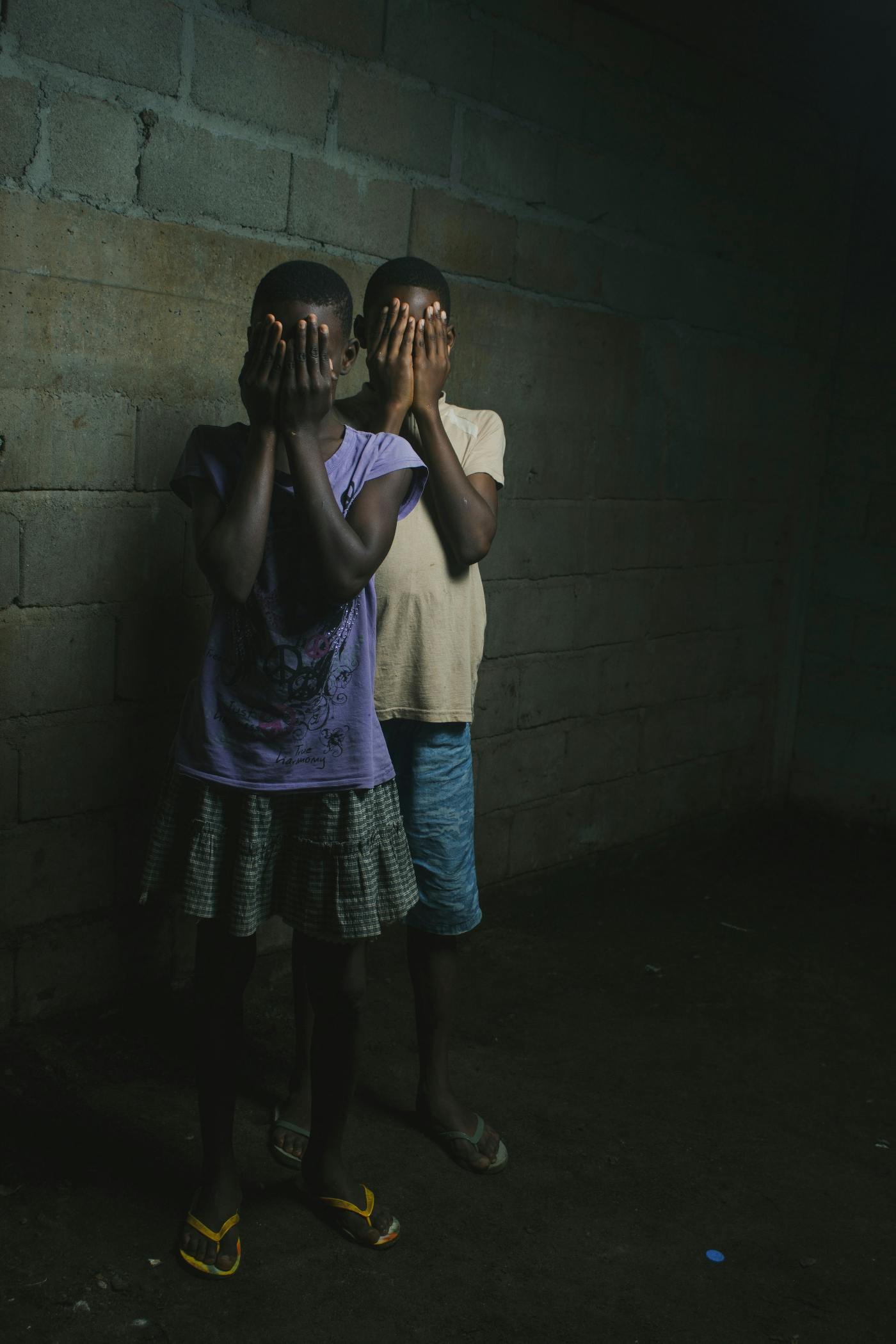
What does it mean to be vulnerable? Why is it so crucial to the creative process? What can being vulnerable do for CEOs and managers? How does one be vulnerable?
What does it mean to be vulnerable? Why is it so crucial to the creative process? What can being vulnerable do for CEOs and managers? How does one be vulnerable?
Isn’t vulnerability a weakness leaving you prey for corporate takeovers and total destruction?
Can you create without being vulnerable?
Vulnerable.
Say it. Vulnerable. It’s one of those words that, if you say it often enough, doesn’t even sound like a word anymore. After five minutes of repetition, you’ll be scratching your head and thinking, what the hell am I saying? Is this a character from a Dr. Suess book?
Vulnerable.
By Definition
The Oxford English defines vulnerable as an adjective meaning “susceptible to physical or emotional harm or attack.”
Over at Well + Good, they say vulnerable is “a sacrifice of comfort, of the ego, allowing yourself to be potential prey to emotional velociraptors.”
Neither of these definitions sounds pleasant or inviting. And yet, we’re told that to be in a good relationship, to be creative, and to be a good boss, you must possess the quality of vulnerability.
A Quality vs. Being

Early in an actor’s training, when asked what they’re doing in a scene, they will answer, I’m playing mad because she turned me down.” To which a good acting teacher will say, you’re playing a quality, don’t do that.
What that means is the actor is playing at an emotional quality that is not connected to anything that is going on in the scene; it’s just free-floating emotion for emotion’s sake. It is empty and hollow, and that’s how the performance will appear. Disconnected. No real emotional connection to the situation at hand. The actor remains distant by playing at or playing a quality of emotion, like any movie where you’ve seen an alien try to be like a person. There is no emotional connection, so they go through the physical signals. It’s funny. Sometimes.
The connection is missing, and the willingness to be vulnerable makes that connection real. To venture into that horrible land where you are open, bare, weak, prey to elements and the emotional killers of the world.
But … why??
Why is it so important to be vulnerable? Why do we want to put ourselves into this weak state of being deliberately? What do we really gain from it? Why is it so important not just to have the quality of vulnerability but to actually BE vulnerable?
Vulnerability Equals Connection
If we teach, create, or lead from behind an iron gate, keep ourselves safe, and never allow ourselves to be too personally invested, we will create safe, routine, dull work. Work that will never, ever connect in a more profound way. It will be surface and forgettable.
But we will be safe. No one will find fault with the work because it is harmless. No one will think too much or shed a tear or have to be reminded when such a thing happened to them. No one will recognize themselves in the work because the creator did not put themselves into it. No one will recognize the fear, pain, joy, or struggle that should be represented in the work because it’s not there. The creator opted for safety rather than vulnerability, and that shows in the empty work.
The art that adorns the walls in your hotel room is harmless. You rarely stop to look at it; it usually just breaks up empty space on the wall. There is no heart or soul to it, and it doesn’t make you stay in your room and contemplate it.
Why not? It’s painting; it takes skill, an artist’s touch, and yet, meh.
Now, if you walked into your hotel room and there on the wall was the original Picasso piece “Guernica,” you’d be in for the night starring at it.
Why?
Because one piece is mass-produced, put on canvas by machines programmed to replicate brush strokes, and one is the screaming pain of a man who saw his beloved Spain enveloped in a brutal civil war.
Guernica is not just one piece but the study of the artist’s inner life. The inner space where creation began and how this action hired Nazi bombs being dropped on a small town during the marketing hours when all the men were off fighting made Picasso’s inner space too small to express all that he was feeling.
Guernica is an anti-war piece, but it is so deeply personal that it captures and holds the viewer.
Picasso was vulnerable when he created this giant canvas.
Those who know war, sorrow, pain, loss, and pride in their country see and feel the artist’s vulnerability, which draws them closer. There are many anti-war works, but Guernica stands above the lot because it creates a connection between the viewer, the artist, and the subject.
When we are vulnerable and don’t create behind barriers, we form connections when we allow the emotions that sent us to the canvas, the page, the studio, the theater, and the CEO’s office to be present and authentic.
We know putting ourselves into the work, being open with our experiences, and sharing our emotional reactions makes our work more impactful, so why are we constantly at odds with our vulnerability?
The Devastating Power of Shame

Science has determined that our brains are wired to be more sensitive to information that is unpleasant to us; our brains are wired to be negatively biased. This is thought to help us stay away from dangerous or harmful situations.
Having your work rejected is not a life-and-death situation, despite how you feel about it. Still, it elicits the shame centers of our brains—putting ourselves into our work and being vulnerable means that when the work is rejected, we feel personally rejected, which fills us with feelings of shame. The shame comes from feeling, due to the rejection of the work, that we, personally, are unappealing and ultimately rejectable, Something you’d toss away without a thought. As a creative, when you get vulnerable and put your heart and soul into the work, rejection feels like someone saying, sorry, but we ain’t interested in your soul. Shame.
Shame is a string emotion for us people types, and it makes sense that to avoid that feeling, we hedge our bets and avoid being vulnerable with our creative work. Shame can stop the creative flow and strike any ideas dead before they are fully formed.
Turning the Table on Shame
It takes a simple adjustment of terms to make being vulnerable easier to approach. We fear the shame response because it is negative, and we are wired to avoid that, so the best thing to do is remove the shame. Being vulnerable isn’t dangerous; it is courageous. When I create, I am expressing my courage as an individual, as an artist, and as a person. I do not fear shame because I am concentrating all my emotional effort on the courage it takes to create from a vulnerable space.
Since being vulnerable is essential to being creative, ditch the shame, add the courage, and you’ll have less of a struggle. It will still be a bit of a struggle because of how our brains are wired to avoid being open to attack, but removing the shame gives you a leg up on being vulnerable.
Again, this is not an easy thing; being vulnerable rattles the inner workings of our brains and souls, yet despite that, we need to charge toward it and not shy from it.
Courage and Guts
It takes courage. Simple as that. It takes guts to lay your work out for the critics, the bosses, the clients, and the terrible man down in accounting. It takes guts to be creative.
Think about that. Guts. When you hate someone’s guts, you don’t hate their intestinal tract or stomach; you hate the essence of their being. When you engage your guts in an endeavor, you’re not employing your duodenum; you’re employing your soul. That’s why it’s so hard, that’s why not everyone can do it, and that’s why, if you’re a creative, you’ve got to be vulnerable and let your guts dot he talking.
It takes vulnerability and guts to say, here is me, here is my creation, my idea, my proposition for this client. It takes guts to stand up in front of the room, open, bare, and say here is my soul. That is vulnerability; without it, there is no connection, so there is no real creativity.
It takes a stomach to digest a Big Mac.

